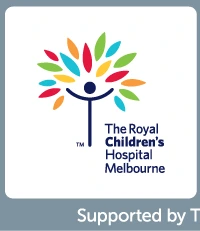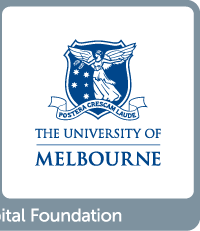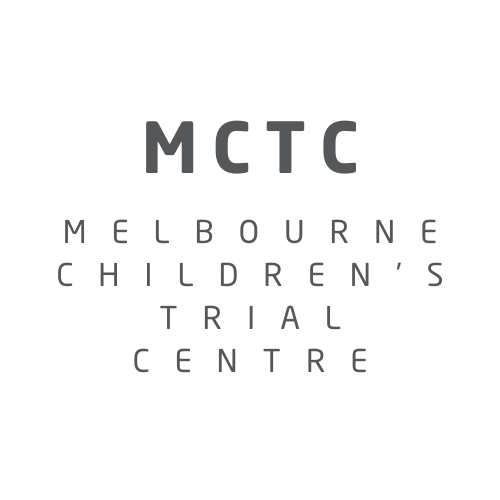Gene Therapy Approaches
There are many possible ways to target a disease or genetic conditions, so there are difference gene and cell therapy approaches that can be considered. Common approaches include:
Gene Addition - adds in a working gene that has instructions for the cell to make more of a specific protein. Most commonly VECTORS (see below) are used to deliver the working gene to the cells nucleus.
Gene Editing - corrects pieces of DNA by changing or deleting the information within the affected individual’s genes.
Gene Silencing - where delivered genetic material prevents or inhibits the activity of a gene that is already present in a cell. This approach is most commonly used to decrease the amount of a specific protein being made.
DNA Therapy - is the use of DNA that codes for the production of specific RNA or protein to treat a disorder. To have the therapeutic effect the DNA must be delivered to the nucleus of a cell, where it can be used by the cell to affect protein expression.
RNA Therapy - is the use of shorter sequences of genetic material in RNA format to treat or prevent disease.
Watch video Gene Therapy Approaches (American Society of Gene and Cell Therapy)
Vectors
Vectors are essentially vehicles designed to deliver therapeutic genetic material, such as a working gene, directly into a cell.
Vectors are typically derived from viruses, because viruses have been proven to be very efficient at finding their way into cell. To make the vectors safe, all of the viral genes are removed and the vector is modified to only deliver the therapeutic gene. Different vectors are used depending on the situation. Examples of viral vectors include:
- Adenoviral
- Retroviral
- Adeno-Associated Viral
- Lentiviral
Watch video on Vectors (American Society of Gene and Cell Therapy)




